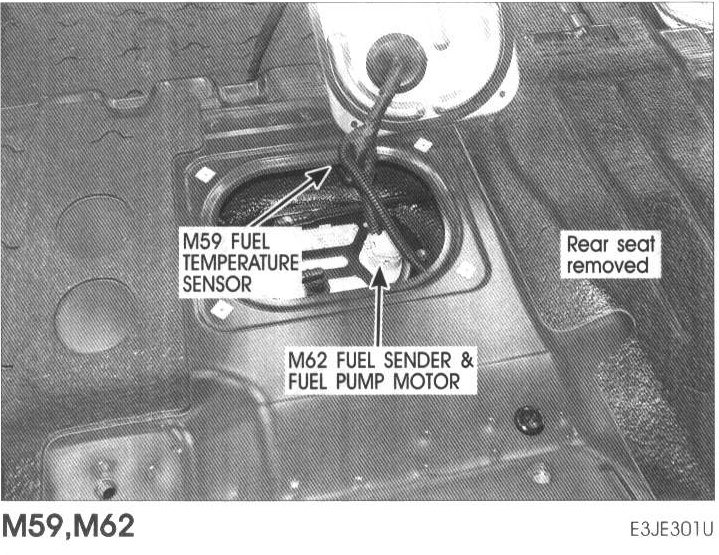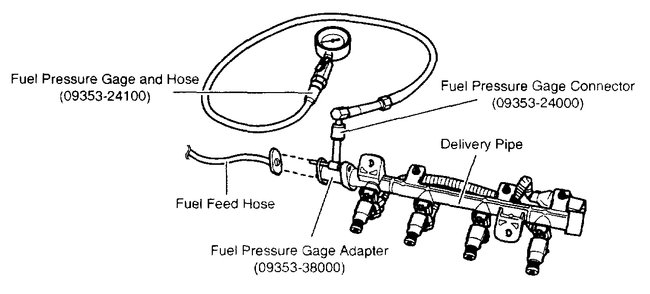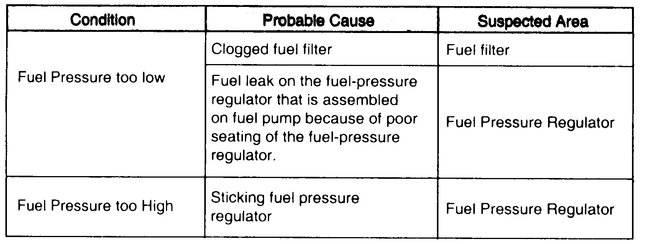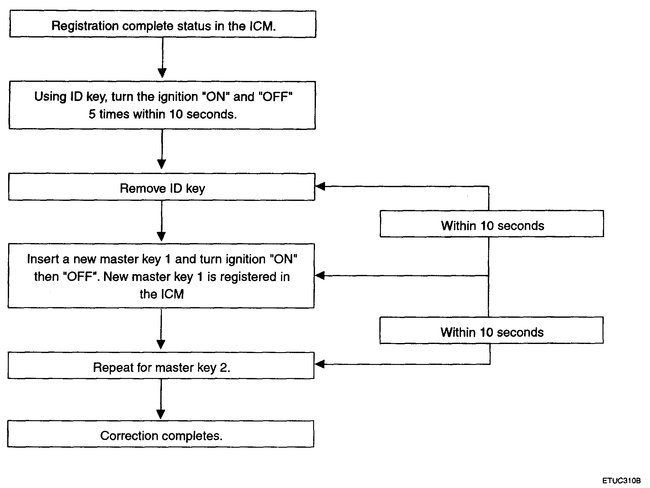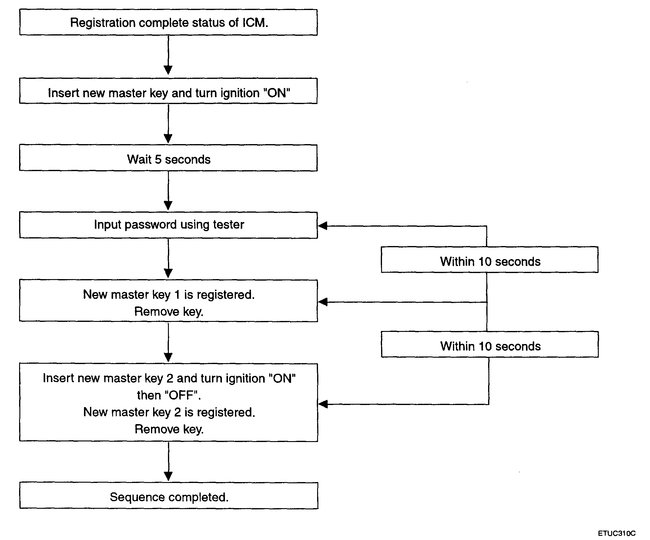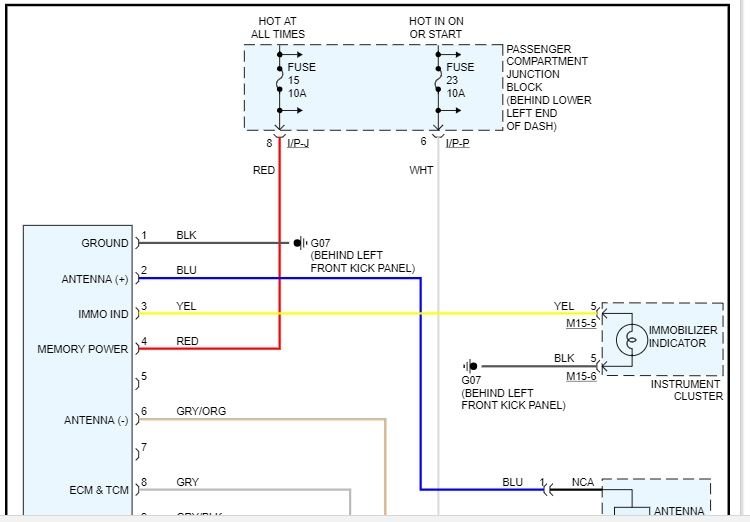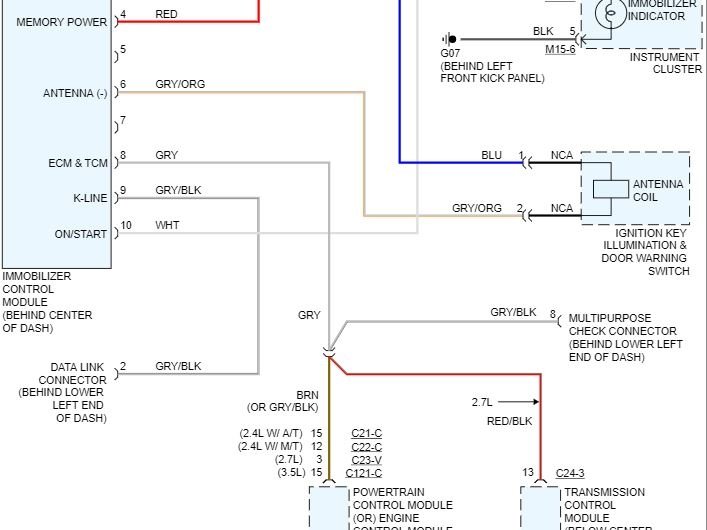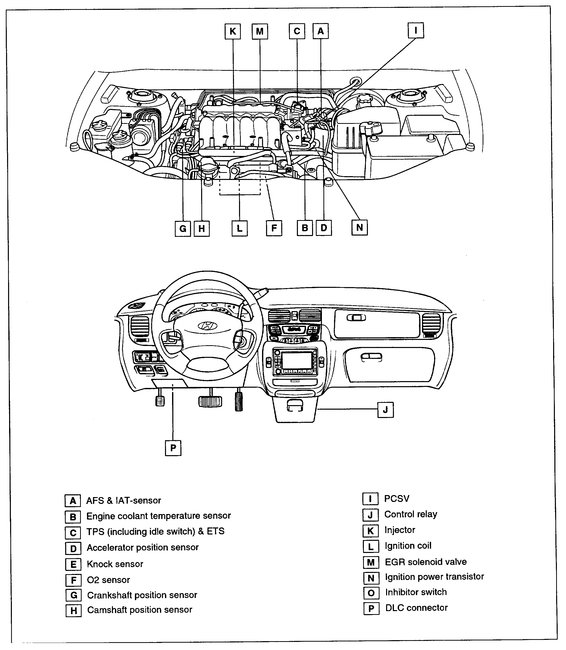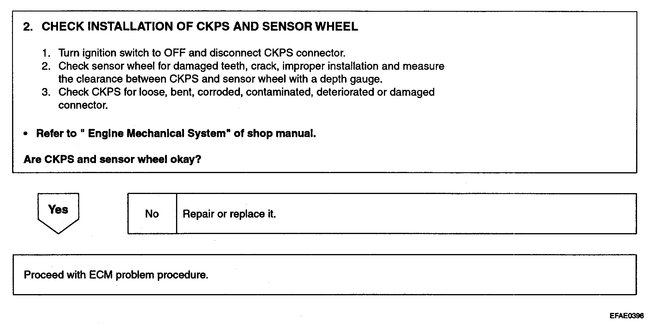Hi and thanks for using 2CarPros.com.
We need to check a couple things before we dig in. First, make sure the connection is at the fuel pump is in good condition and not damaged, loose, or corroded. I attached a picture for you to see its location.
If that checks good, see if there is power to the pump. Here are directions for using a test light:
https://www.2carpros.com/articles/how-to-use-a-test-light-circuit-tester
For wire testing:
https://www.2carpros.com/articles/how-to-check-wiring
Next, confirm there is spark for sure. Here are the directions.
https://www.2carpros.com/articles/how-to-test-an-ignition-system
If there is power to the fuel pump and you have good spark, you need to confirm the fuel pump pressure is within the manufacturer's specs. Here is a link showing how that is done:
https://www.2carpros.com/articles/how-to-check-fuel-system-pressure-and-regulator
Here are fuel pressure directions specific to your vehicle: Pictures 2, 3, 4 correlate with these directions.
FUEL DELIVERY SYSTEM
Fuel Pressure Test
1. PREPARING
1. Open the service cover under the floor carpet.
2. RELEASE THE INTERNAL PRESSURE
1. Disconnect the fuel pump connector.
2. Start the engine and wait until fuel in fuel line is exhausted.
3. After the engine stalls, turn the ignition switch to OFF position and disconnect the negative (-) terminal from the battery.
Note: Be sure to reduce the fuel pressure before disconnecting the fuel feed hose, otherwise fuel will spill out
Fuel Pressure Special Service Tool
3. INSTALL THE SPECIAL SERVICE TOOL (SST) FOR MEASURING THE FUEL PRESSURE
1. Disconnect the fuel feed hose from the delivery pipe.
Caution: Cover the hose connection with a shop towel to prevent splashing of fuel caused by residual pressure in the fuel line.
2. Install the Fuel Pressure Gage Adapter (09353-38000) between the delivery pipe and the fuel feed hose.
3. Connect the Fuel Pressure Gage Connector (09353-24000) to the Fuel Pressure Gage Adapter (09353-38000).
4. Connect the Fuel Pressure Gage and Hose (09353 41 00) to Fuel Pressure Gage Connector (09353-24000).
5. Connect the fuel feed hose to the Fuel Pressure Gage Adapter (09353-38000).
4. INSPECT FUEL LEAKAGE ON CONNECTION
1. Connect the battery negative (-) terminal.
2. Apply battery voltage to the fuel pump terminal and activate the fuel pump. With fuel pressure applied, check that there is no fuel leakage from the fuel pressure gauge or connection part.
5. FUEL PRESURE TEST
1. Disconnect the negative (-) terminal from the battery.
2. Connect the fuel pump connector.
3. Connect the battery negative (-) terminal.
4. Start the engine and measure the fuel pressure at idle.
Standard Value: 343 Kpa (3.5 kgf/cm cm, 49.8 psi)
Incorrect Pressure
If the measured fuel pressure differs from the standard value, perform the necessary repairs using the table below.
Pressure Drops
5. Stop the engine and check for a change in the fuel pressure gauge reading.
After engine stops, the gage reading should hold for about 5 minutes
Observing the declination of the fuel pressure when the gage reading drops and perform the necessary repairs using the table below.
6. RELEASE THE INTERNAL PRESSURE
1. Disconnect the fuel pump connector.
2. Start the engine and wait until fuel in fuel line is exhausted.
3. After the engine stalls, turn the ignition switch to OFF position and disconnect the negative (-) terminal from the battery.
Note: Be sure to reduce the fuel pressure before dIsconnecting the fuel feed hose, otherwise fuel will spill out.
7. REMOVE THE SPECIAL SERVICE TOOL (SST) AND CONNECT THE FUEL LINE
1. Disconnect the Fuel Pressure Gage and Hose (09353-24100) from the Fuel Pressure Gage Connector (09353-24000).
2. Disconnect the Fuel Pressure Gage Connector (09353-24000) from the Fuel Pressure Gage Adapter (09353-38000).
3. Disconnect the fuel feed hose from the Fuel Pressure Gage Adapter (09353-38000).
4. Disconnect the Fuel Pressure Gage Adapter (09353-38000) from the delivery pipe.
Caution: Cover the hose connection with a shop towel to prevent splashing of fuel caused by residual pressure in the fuel line.
5. Connect the fuel feed hose to the delivery pipe.
8. INSPECT FUEL LEAKAGE ON CONNECTION
1. Connect the battery negative (-) terminal.
2. Apply battery voltage to the fuel pump terminal and activate the fuel pump. With fuel pressure applied, check that there is no fuel leakage from the fuel pressure gauge or connection part.
3. If the vehicle is normal, connect the fuel pump connector.
___________________________________________
Let me know what you find or if you have other questions.
Take care,
Joe
Images (Click to make bigger)
Saturday, September 15th, 2018 AT 8:12 PM
